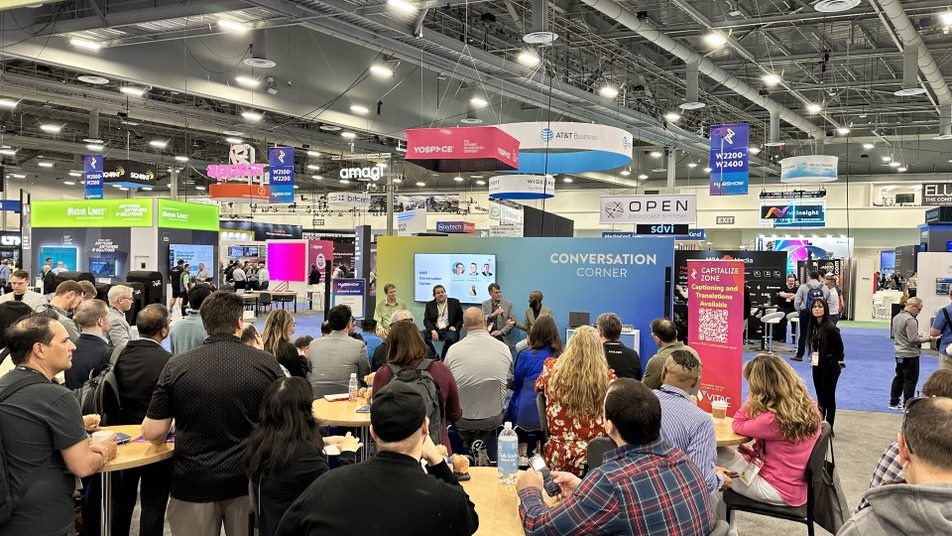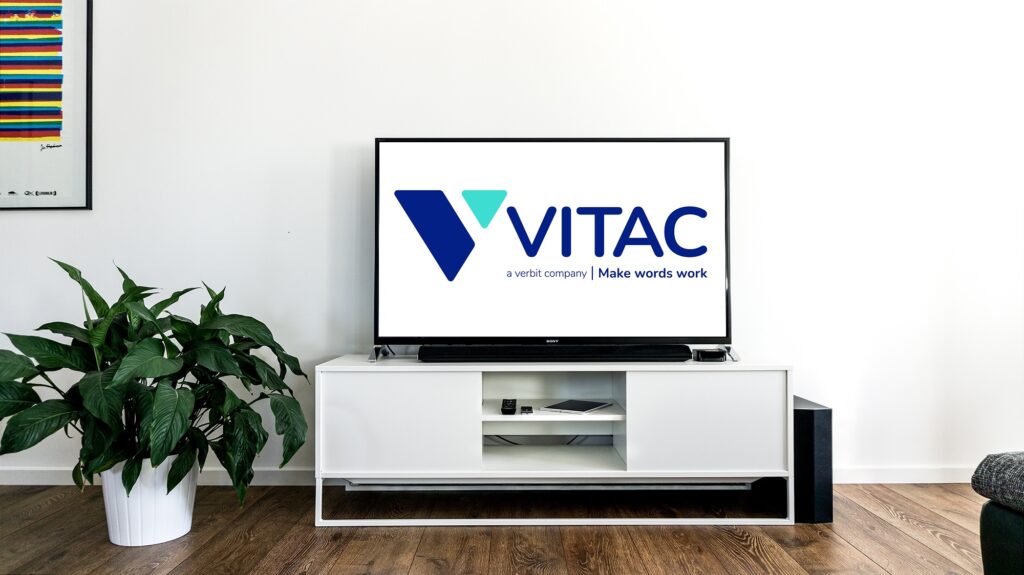In 1613, America was a wilderness and its inhabitants fought for survival every day. Threats like wild animals, the elements, and starvation loomed, and perishing of old age was by no means guaranteed. Fast forward 400 years, when longevity is assumed, and instead of working every day for survival, we fight for the comforts of modern America. Gently used furniture decorates the curbs on garbage day. We have more pillows on our beds than we need. Public libraries are available in nearly every community to better ourselves and possibly even meet people without spending a cent. The Deaf, too, are entitled to a life where they are not merely surviving, but living in a level of comfort that a hearing person would want for themselves and their children. One of these luxuries is participating in society as enfranchised, first-class citizens.
The issue is as timeless as it is timely. The President and the CEO of the National Association of the Deaf recently wrote an open letter to Secretary Shaun Donovan of the U.S. Department of Housing and Urban Development about the “egregious state of housing for deaf and hard of hearing individuals.” The writers cite the lack of visual smoke alarms and the fire hazard that it creates for them — a survival issue in the event of an emergency — as well as the extreme isolation suffered by Deaf and hard-of-hearing individuals assigned to units with zero neighbors with whom they can communicate — a quality-of-life predicament. These individuals — who surely are grateful for subsidized housing — are living in their own country, yet they cannot communicate with their neighbors beyond basic gestures or writing their thoughts in a notepad. It is hard to believe that any hearing individual would find this situation acceptable, yet many Deaf individuals struggle with it every day.
Education, for Deaf students, is a struggle. Most integrated Deaf students (students educated in hearing schools) graduate high school at just a fourth-grade reading level. Part of the problem is institutional — think back when you were first learning to read if anyone ever told you to “sound out” a troublesome word. Classrooms often do not accommodate deaf students, and often doing so singles out the Deaf students who have to ask in front of their peers for the captions to be turned on during an educational video, or for the teacher to repeat a phrase, if the student can read lips. A special education schedule opens an entire host of stigmas. If there is a Schools for the Deaf in a family’s neighborhood and they can afford it, they are lucky; Otherwise, a student may endure long bus rides each day and suffer having two groups of friends, for home and for school. The limiting factors in a Deaf student’s education has vast repercussions — even a very basic publication like the USA Today is written at a fifth-grade level, making it inaccessible to the average Deaf individual. This narrows a world of information into a keyhole.
The reality is that the phrase “Deaf community” is not a community in the way that a village might be, and Deaf individuals have to interact with hearing individuals every day. Ways that Deaf individuals communicate with hearing (we’ll assume non-signing) people include carrying a pad of paper or gesturing. One can imagine that while this level of communication is sufficient for survival, it does not lend itself to communication in schools or the workplace. Many Deaf individuals rely on lip-reading (speechreading), but only 30% of isolated English-language sounds can actually be discerned (words spoken in context improve this number, though no consensus exists on the exact reliability of lip reading). Furthermore, how does the speechreader respond, except with yes or no, to a hearing coworker? Some hard-of-hearing individuals describe pretending to hear coworkers or new friends, rather than disclosing that they are hard-of-hearing.
A recent technological development was the implementation of cochlear implants, which were approved by the FDA in 1985 for adults and 1990 for children. A device is surgically implanted in the skull and inner ear to vastly improve a Deaf person’s ability to hear. They do not restore non-functioning hair cells, but works on the basis that “profoundly hearing-impaired individuals have auditory nerve fibers remaining that can be electrically stimulated to produce a sense of hearing.” Though Cochlear Implantation is consistently ranked one of the most cost-effective medical procedures, it is can still cost thousands of dollars for those whose health insurance covers the procedure and equipment, and between $50,000 and $100,000 for those without health insurance. (The Gift of Hearing Foundation is one non-profit that funds cochlear implants for qualifying families). But while cochlear implants are a major technological accomplishment in helping Deaf individuals hear, it is not a miracle solution, and individuals with implants often still struggle with isolation from both the deaf and hearing communities, finding themselves not Deaf enough and not Hearing enough to integrate fully with either group.
How does a free nation help enfranchise 50 million Deaf Americans? One solution, since the 1980s, has been by providing accessible media — captioning. The FCC mandates captions on all broadcast TV programs with few exceptions, a privilege the United States enjoys that not all countries do. It is a luxury — not a necessity — but to Deaf and hard-of-hearing individuals, it is a lifeline to the rest of the world. News, sports, and popular culture in the comfort of one’s home are meaningless to the Deaf population without the captions. These captions are of little use if they are garbled, misspelled, or of generally poor quality. While realtime captioning is understandably difficult, and mistakes are bound to happen, VITAC spares no expense to get the best Realtime Captioners in the busniess — they have over 98% accuracy rates. VITAC uses all employee captioners to complete offline (prerecorded) captioning, where other companies cut corners. The result of VITAC’s above-and-beyond effort is about what you would expect — quality captions. The best way to fully appreciate good captioning is by watching poor captioning, such as YouTube video with the automatic Google captions. Some companies even outsource their offline captioning to India, and the difference shows. Captions were invented for the Deaf and hard-of-hearing community, not for bars, gyms or restaurants, and when a network or production company settles for substandard captions, the message to the Deaf audience is clear: “We don’t value your business.”
Worse than bad captions are no captions at all. In March, web content regulations went into effect, requiring IP-delivered programs to be captioned…with a few exceptions. If a program never aired on TV, such as straight-to-web programming, it does not have to be accessible to the Deaf population. If a program is less than the full-length episode, even by a minute, it is classified as a short clip, and also does not require captions. On airplanes, the in-flight entertainment is not required by federal mandate to be captioned, and most of them are not. In March, Senator Tom Harkin of Iowa introduced the Air Carrier Amendments Act to require both captions and video description (for the low vision viewer) for all in-flight content. According to the government’s own bill-tracking site, this bill has a 7% chance of making it out of committee, and a 1% chance of becoming law (not much worse than the 2% average, but a longshot nonetheless). For most Americans, these details are of no significance, but for a small portion (50 million Americans) it makes all the difference in the world.
Quality captions are not a life-and-death matter. Nor are they a luxury in the manner that a Carnival cruise or a Mercedes might be. They are a necessity for a basic level of inclusion in a world that has so many other ways to alienate the Deaf and hard-of-hearing population.
by Carlin Twedt



